A cold-atom experiment suggests that interactions between particles can induce the coexistence of localized and extended states in a quantum wire.
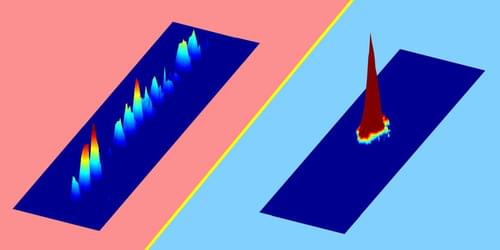


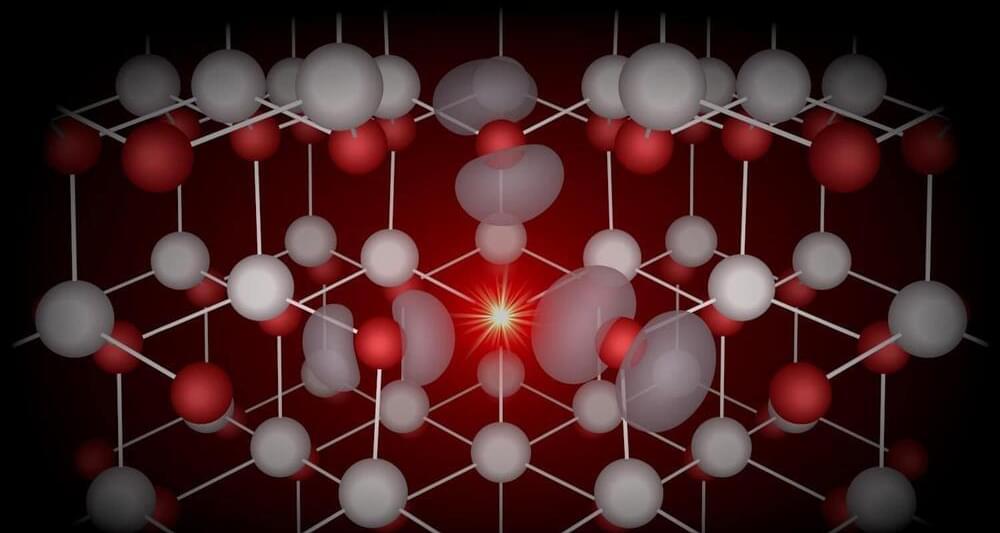
Researchers from North Carolina State University used computational analysis to predict how optical properties of semiconductor material zinc selenide (ZnSe) change when doped with halogen elements, and found the predictions were confirmed by experimental results. Their method could speed the process of identifying and creating materials useful in quantum applications.
Creating semiconductors with desirable properties means taking advantage of point defects—sites within a material where an atom may be missing, or where there are impurities. By manipulating these sites in the material, often by adding different elements (a process referred to as “doping”), designers can elicit different properties.
“Defects are unavoidable, even in ‘pure’ materials,” says Doug Irving, University Faculty Scholar and professor of materials science and engineering at NC State. “We want to interface with those spaces via doping to change certain properties of a material. But figuring out which elements to use in doping is time and labor intensive. If we could use a computer model to predict these outcomes it would allow material engineers to focus on elements with the best potential.”
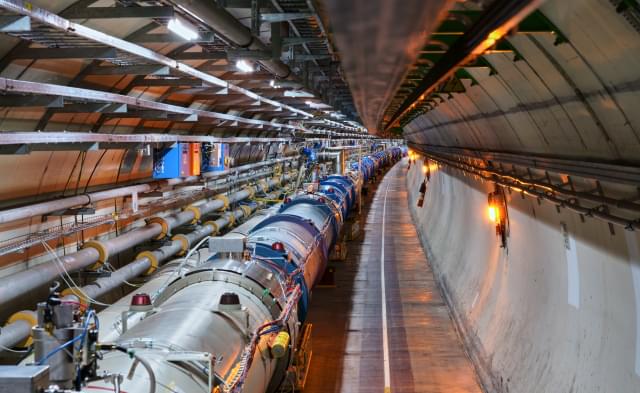
To smash atoms with unimaginable power.
Cern’s Large Hadron Collider (LHC) is back online after a three-year technical shutdown period. The expert scientists at the famous research facility ran the powerful accelerator at the end of April, and Run 3 physics started in early July. The entire process ran at the highest energy level ever achieved in an accelerator.
The LHC experiments are expected to collect so much data on nature at its smallest levels that it is measured in petabytes.
(LHC) is the world’s largest and most powerful particle accelerator. It consists of a 27-kilometre ring of superconducting magnets with a number of accelerating structures to boost the energy of the particles along the way.

Ariel, small British carmaker responsible for the iconic Atom and Nomad, revealed its newest car Thursday, simply called the Hipercar. A big departure from the exoskeleton-like vehicles normally associated with the brand, the Hipercar is an all-electric sports car with a real(-ish) interior and body panels. Even crazier than the absurd bodywork is the option for a turbine range extender.
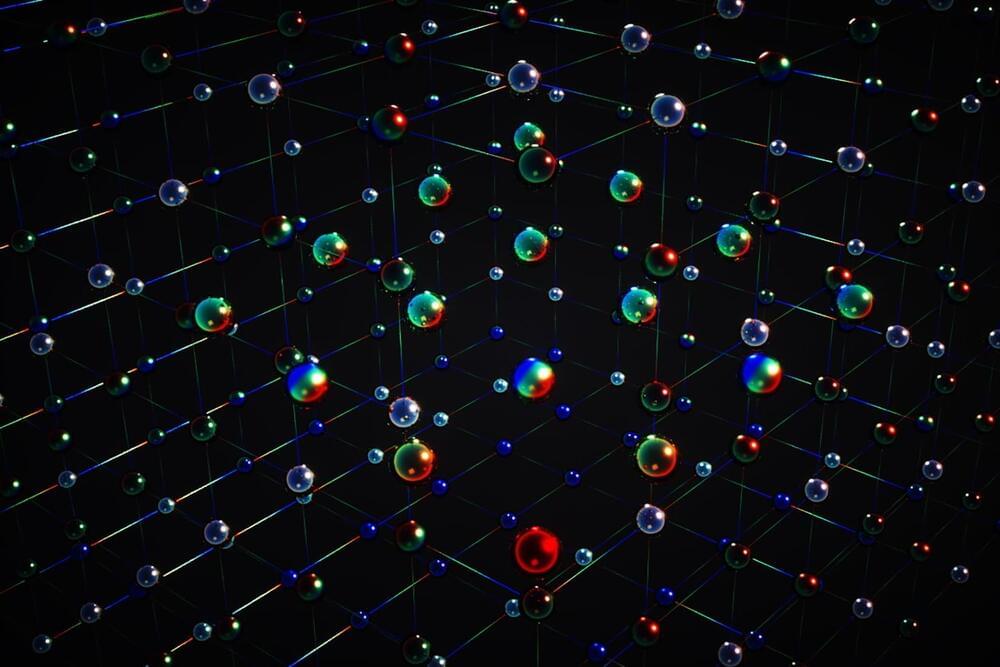
Japanese and U.S. physicists have used atoms about 3 billion times colder than interstellar space to open a portal to an unexplored realm of quantum magnetism.
“Unless an alien civilization is doing experiments like these right now, anytime this experiment is running at Kyoto University it is making the coldest fermions in the universe,” said Rice University’s Kaden Hazzard, corresponding theory author of a study published today in Nature Physics. “Fermions are not rare particles. They include things like electrons and are one of two types of particles that all matter is made of.”
A Kyoto team led by study author Yoshiro Takahashi used lasers to cool its fermions, atoms of ytterbium, within about one-billionth of a degree of absolute zero, the unattainable temperature where all motion stops. That’s about 3 billion times colder than interstellar space, which is still warmed by the afterglow from the Big Bang.
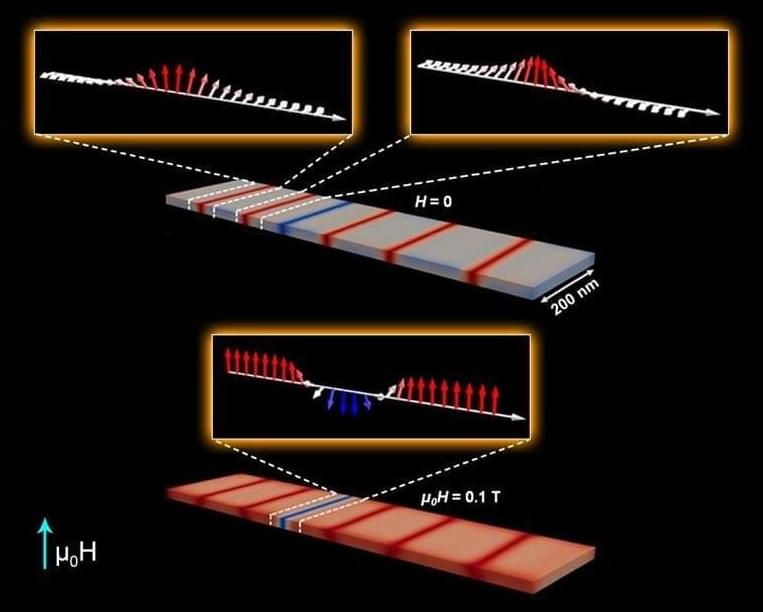
Atoms in magnetic materials are organized into regions called magnetic domains. Within each domain, the electrons have the same magnetic orientation. This means their spins point in the same direction. “Walls” separate the magnetic domains. One type of wall has spin rotations that are left-or right-handed, known as having chirality. When subjected to a magnetic field, chiral domain walls approach one another, shrinking the magnetic domains.
Researchers have developed a magnetic material whose thickness determines whether chiral domain walls have the same or alternating handedness. In the latter case, applying a magnetic field leads to annihilation of colliding domain walls. The researchers combined neutron scattering and electron microscopy to characterize these internal, microscopic features, leading to better understanding of the magnetic behavior.
An emerging field of technology called spintronics involves processing and storing information by harnessing an electron’s spin instead of its charge. The ability to control this fundamental property could unlock new possibilities for developing electronic devices. Compared to current technology, these devices could store more information in less space and operate at higher speeds with less energy consumption.
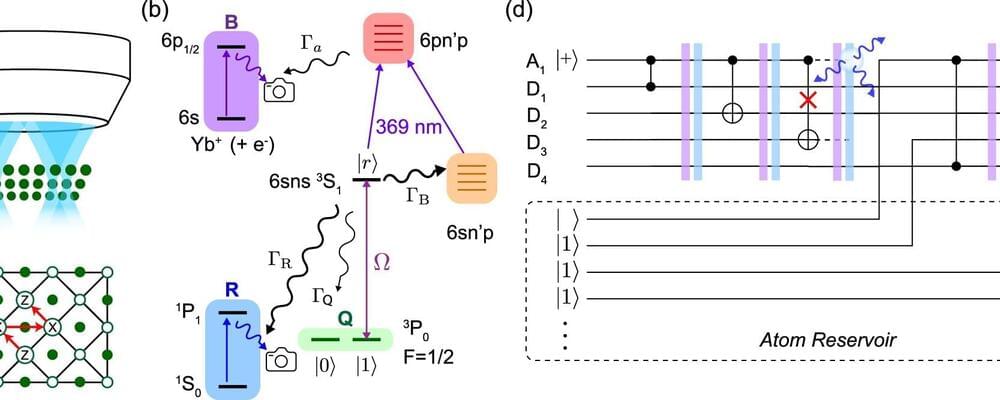
Researchers have discovered a new method for correcting errors in the calculations of quantum computers, potentially clearing a major obstacle to a powerful new realm of computing.
In conventional computers, fixing errors is a well-developed field. Every cellphone requires checks and fixes to send and receive data over messy airwaves. Quantum computers offer enormous potential to solve certain complex problems that are impossible for conventional computers, but this power depends on harnessing extremely fleeting behaviors of subatomic particles. These computing behaviors are so ephemeral that even looking in on them to check for errors can cause the whole system to collapse.
In a paper outlining a new theory for error correction, published Aug. 9 in Nature Communications, an interdisciplinary team led by Jeff Thompson, an associate professor of electrical and computer engineering at Princeton, and collaborators Yue Wu and Shruti Puri at Yale University and Shimon Kolkowitz at the University of Wisconsin-Madison, showed that they could dramatically improve a quantum computer’s tolerance for faults, and reduce the amount of redundant information needed to isolate and fix errors. The new technique increases the acceptable error rate four-fold, from 1% to 4%, which is practical for quantum computers currently in development.
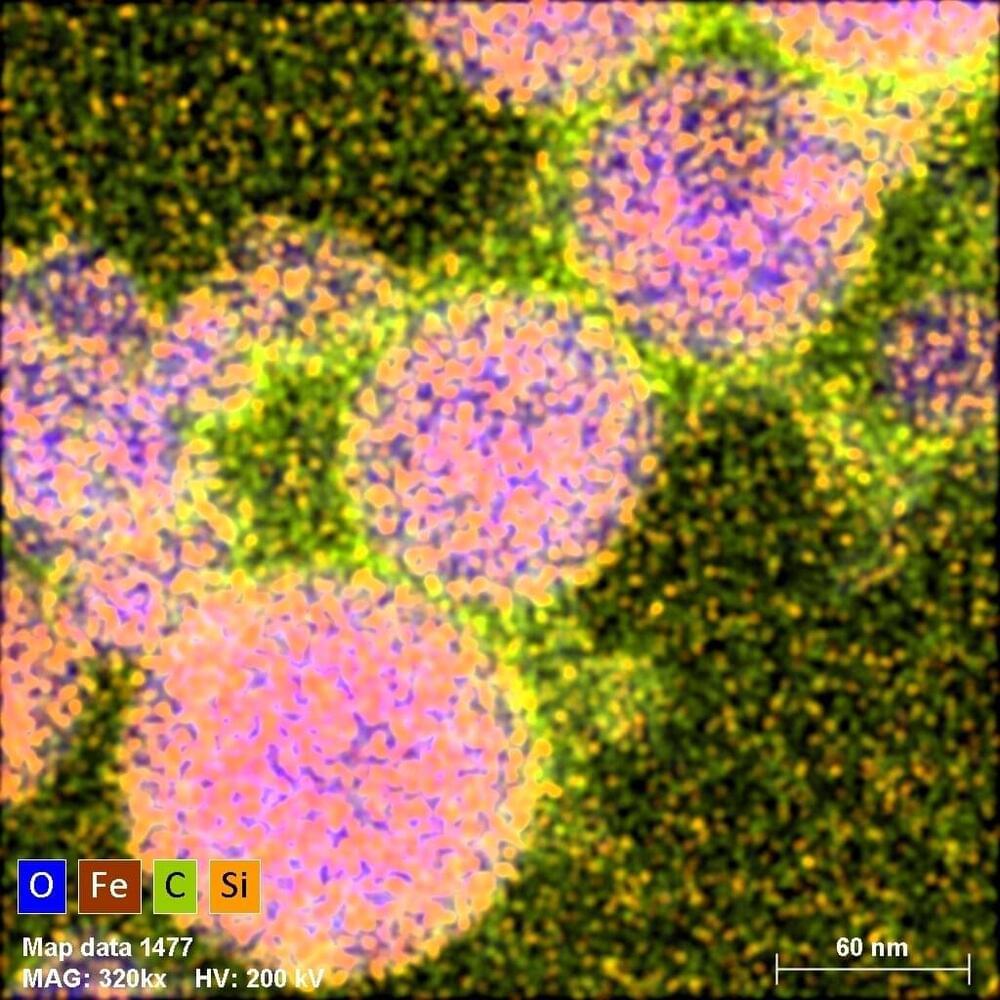
Composite particles with submicron sizes can be produced by irradiating a suspension of nanoparticles with a laser beam. Violent physical and chemical processes take place during irradiation, many of which have been poorly understood to date. Recently completed experiments, carried out at the Institute of Nuclear Physics of the Polish Academy of Sciences in Cracow, have shed new light on some of these puzzles.
When a laser beam strikes agglomerates of nanoparticles suspended in a colloid, events occur that are as dramatic as they are useful. The tremendous increase in temperature leads to the melting together of nanoparticles into a composite particle. A thin layer of liquid next to the heated material rapidly transforms into vapor, and whole sequences of chemical reactions take place under physical conditions that change in fractions of a second. Using this method, called laser melting, scientists from the Institute of Nuclear Physics of the Polish Academy of Sciences (IFJ PAN) in Cracow not only produced new nanocomposites, but also described some of the poorly understood processes responsible for their formation.
“The laser melting process itself, consisting of irradiating particles of material in suspension with unfocused laser light, has been known for years. It is mainly used for the production of single component materials. We, as one of only two research teams in the world, are trying to use this technique to produce composite submicron particles. In this area, the field is still in its infancy, there are still many unknowns, hence our joy that some puzzles that perplexed us have just been unraveled,” says Dr. Żaneta Świątkowska-Warkocka, a professor at IFJ PAN, the co-author of a scientific article just published in the journal Scientific Reports.

Nuclear physicists studying particle collisions at the Relativistic Heavy Ion Collider (RHIC)—a U.S. Department of Energy Office of Science user facility at DOE’s Brookhaven National Laboratory—have new evidence that particles called gluons reach a steady “saturated” state inside the speeding ions. The evidence is suppression of back-to-back pairs of particles emerging from collisions between protons and heavier ions (the nuclei of atoms), as tracked by RHIC’s STAR detector. In a paper just published in Physical Review Letters, the STAR collaboration shows that the bigger the nucleus the proton collides with, the larger the suppression in this key signature, as predicted by theoretical models of gluon saturation.
“We varied the species of the colliding ion beam because theorists predicted that this sign of saturation would be easier to observe in heavier nuclei,” explained Brookhaven Lab physicist Xiaoxuan Chu, a member of the STAR collaboration who led the analysis. “The good thing is RHIC, the world’s most flexible collider, can accelerate different species of ion beams. In our analysis, we used collisions of protons with other protons, aluminum, and gold.”
Saturation should be easier to see in aluminum, and even easier in gold, when compared to simpler protons, Chu explained, because these bigger nuclei have more protons and neutrons, each made up of quarks and gluons.